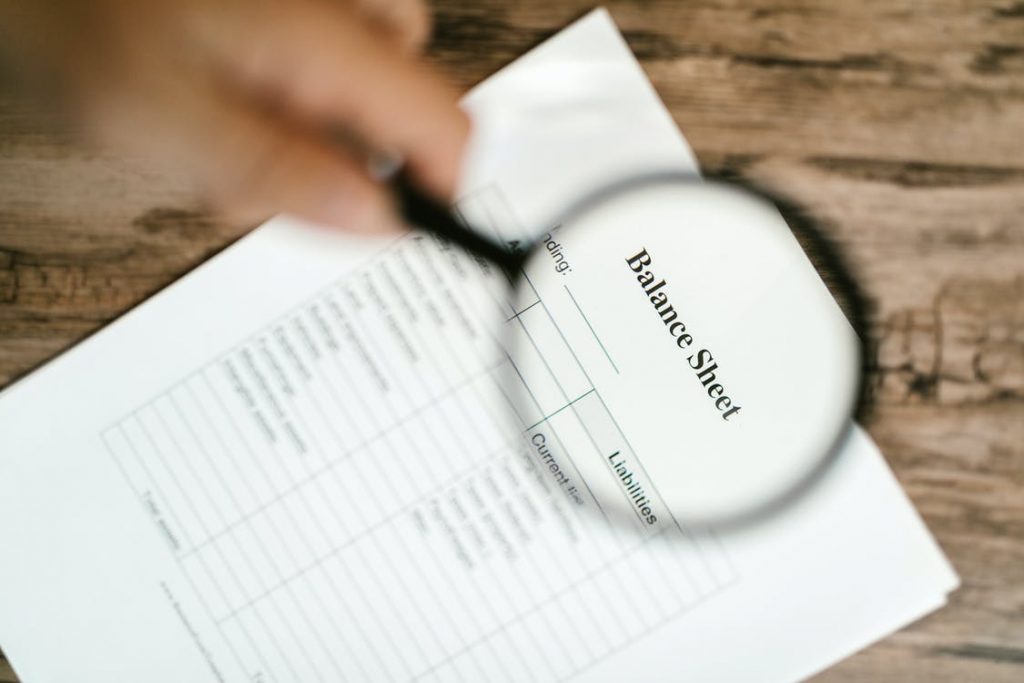One of the highlights of being a business owner is creating opportunities for other people to earn money and support their families. It’s a pretty good feeling.
However, from the moment you say “You’re hired”, you have a swag of responsibilities to deal with. This extends beyond leadership to making sure people are paid on time and in accordance with Australian regulations.
Failure to comply with Australia’s National Employment Standards can result in legal action and fines, even if you didn’t know you were breaking the law.
There is so much to be aware of. Take a look at some important ‘most-know’ information about paying workers in Australia, including updates about single touch payroll and how to make things easy for yourself.
Awards
Most employees are covered by an award which sets out minimum pay rates and employment conditions for their particular industry or occupation. Employers need to comply with the award when they pay their staff.
You may choose to pay above award rates but you can’t pay below them.
Minimum wage
All employees in Australia are entitled to be paid a minimum wage of $19.84 an hour. In some cases, junior rates may apply for employees under the age of 20.
See more here: https://www.fairwork.gov.au/pay/minimum-wages.
National Employment Standards
Your workers are also entitled to the 10 National Employment Standards. This includes:
- Maximum weekly hours
- Requests for flexible working arrangements
- Parental leave and related entitlements
- Annual leave
- Personal/carer’s leave, compassionate leave and unpaid family and domestic violence leave
- Community service leave
- Long service leave
- Public holidays
- Notice of termination and redundancy pay
- A copy of the Fair Work Information Statement
All employees in the national workplace relations system are covered by the NES, regardless of the award, registered agreement or employment contract that applies.
You’ll find more information here: https://www.fairwork.gov.au/employee-entitlements/national-employment-standards
Contractors and freelancers
If you employ an external contractor to do a job, check whether they are an employee or contractor.
This can be tricky as there are a number of factors to consider. As a starting point, use the employee/contractor decision tool available on the ATO website to check if you are breaching rules when it comes to contractors: https://www.ato.gov.au/Calculators-and-tools/Employee-or-contractor/
You may also want to speak to your HR advisor for advice.
Read more: How much should you pay yourself as the business owner?
Paperwork and payments
Staff must be paid at least monthly, although you can decide to pay weekly or fortnightly instead.
Your staff need an Australian Tax File Number, which they should give to you as part of the onboarding process.
As an employer, it is your obligation to pay your staff superannuation (currently 9.5% of their annual wage). Staff have the right to nominate the super account they want to use for this.
Employment records need to be kept for 7 years and you should issue your staff with payslips or access to information about their salary, leave entitlements etc.
Tax, reporting and Single Touch Payroll
In Australia, employers pay tax on behalf of their employees based on rates set by the Government. For example, if Jim’s salary is $60,000, you will only pay him the amount he earns after tax.
Tax rates change, depending on income and current regulation. For example, in 2021, Jim would pay $5,092 in tax, plus 32.5c for each $1 he earns over $45,000. There are a number of calculators you can use to work this out, or you can use payroll software to make it easier.
As an employer, you need to be registered for Pay As You Go to withhold tax in this way.
To make things easier for everybody, the government recently introduced Single Touch Payroll, which requires businesses to report employee salaries and tax deductions to the ATO electronically. The easiest way to access this is through a cloud-based platform like Xero.
Once you have paid your employees salary, there are variables like shift loading, travel expenses, bonuses and allowances. These need to be recorded separately on your staffs’ payslips.
Your staff may also be interested in salary sacrificing to either top up their super or lease a vehicle. This will also affect the tax they pay and the amount of money they take home.
Paying the government
Once you have withheld your employees’ tax and reported it using Single Touch Payroll, you have to hand over the money. This should happen at least quarterly.
The same goes for superannuation; make sure you are sending this money into your employees’ nominated accounts. Your bookkeeper will talk to you about using cloud accounting or a Small Business Clearing House so you are definitely compliant.
Keeping in control of staff payments and entitlements
From Single Touch Payroll to superannuation and ensuring your employees have fair working conditions, you can see how quickly this will get overwhelming.
Once you have more than a couple of staff (and even if you do only have a couple of staff), it makes so much sense to hand responsibility over to an experienced bookkeeper. This professional will set things up to be as automated as possible so you aren’t breaking any laws and the stress of getting things right is taken off your hands.
Straight Forward Accounting offers payroll management and bookkeeping services for small businesses in Melbourne and beyond. Book a free consultation to find out more today.



